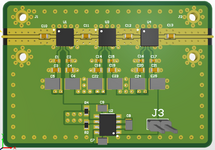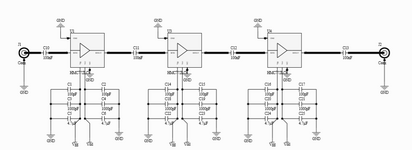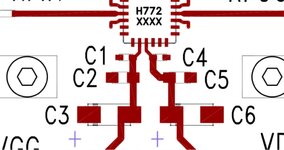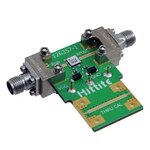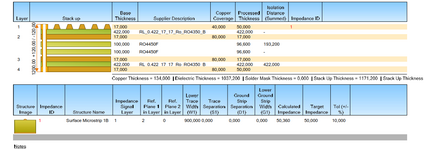guytoub
Full Member level 2
Helle Guys;
I cascaded three HMC772 amplifiers with a gain of 15dB and a noise figure of 1.8dB. When I measure the final noise figure I have 7.5dB.
The final gain is indeed 45dB. I also found a power of -25dbm by having the input in open circuit.
Where does this problem come from?
Thank you for your help.
I cascaded three HMC772 amplifiers with a gain of 15dB and a noise figure of 1.8dB. When I measure the final noise figure I have 7.5dB.
The final gain is indeed 45dB. I also found a power of -25dbm by having the input in open circuit.
Where does this problem come from?
Thank you for your help.
